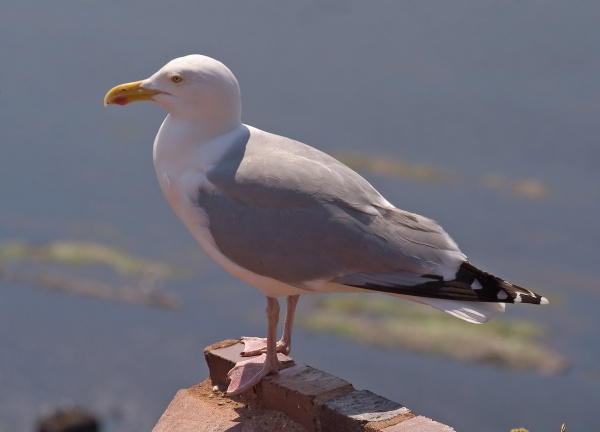Facts About European herring gull
The European herring gull is a large and widely distributed bird found throughout Northern, Western, Central, and Eastern Europe, as well as in Scandinavia and the Baltic states. These gulls have a diverse diet that includes fish, crustaceans, carrion, and even some plant matter. Their classification is somewhat contentious, with experts debating whether there are two or up to eight distinct species within the herring gull/lesser black-backed gull complex.
Adult European herring gulls are easily recognizable by their grey backs, white heads and underparts, black wingtips accented with white spots, and yellow bills marked with a notable red spot. In contrast, younger birds are predominantly brown with dark streaks. These gulls are also notable for their loud, laughing calls and complex social behaviors, including various forms of communication and warning signals.
As omnivores and opportunistic feeders, European herring gulls exploit a wide range of food sources. They are often seen scavenging at garbage dumps and landfill sites, as well as hunting for aquatic prey. Fascinatingly, they have been observed dropping shelled prey from heights to crack them open and even using pieces of bread as bait to catch fish. These gulls can drink seawater thanks to specialized glands that expel excess salt.
During mating and nesting, these gulls form strong pair bonds and typically lay between two and four eggs. They are fiercely protective of their nesting sites and are mostly monogamous, often staying with the same partner for life. The chicks hatch with their eyes open, covered in down, and are able to walk around shortly after hatching. However, breeding colonies face threats from predators such as great black-backed gulls, harriers, crows, and herons.
The relationship between European herring gulls and humans can be contentious, especially in urban areas where the gulls thrive due to abundant food and nesting spots. Efforts to discourage them from nesting in cities have largely failed because these birds are both intelligent and adaptable. They are known to swoop down to snatch food from people and can be quite aggressive in defending their nests during the breeding season, leading to frequent conflicts with humans.

 United States
United States